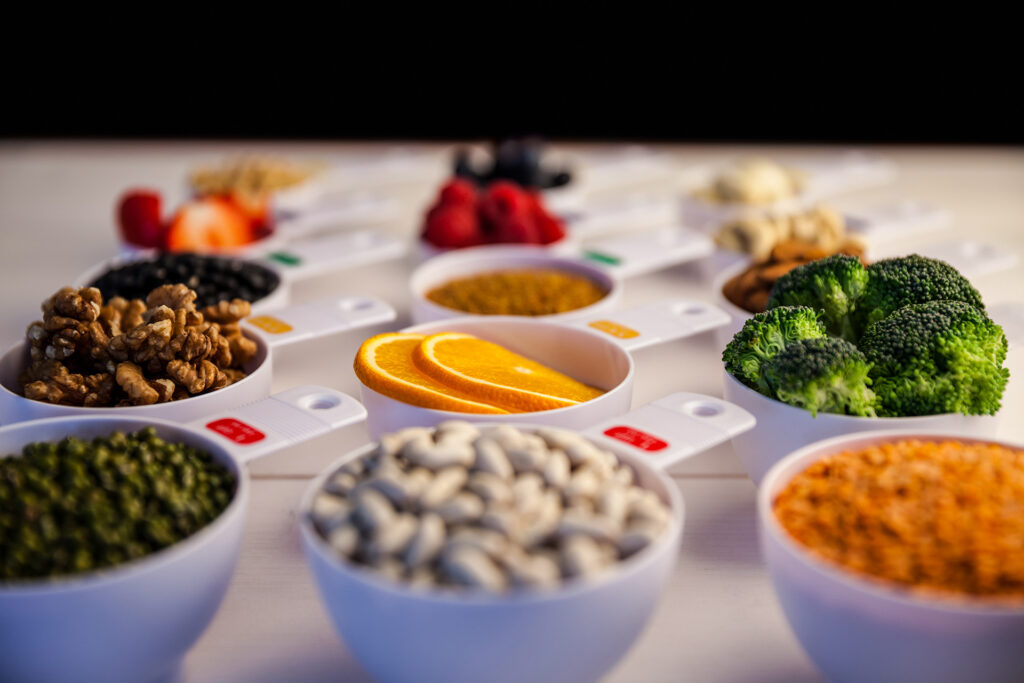Hey there, friends. Let’s talk about something that’s incredibly important but often overlooked: diet and nutrition for dialysis patients. If you or a loved one is undergoing dialysis, you probably already know that what you eat can make a world of difference. At Vascular Access Center of Illinois – Morgan Park, we’re here to help you navigate the dietary dos and don’ts to keep you feeling your best. So, let’s dive in.
Foods to Avoid
For dialysis patients, certain foods can be detrimental due to their high levels of potassium, phosphorus, or sodium. Here are some essential foods to steer clear of:
High-Potassium Foods:
- Bananas: While nutritious, bananas are high in potassium, which can be harmful in excess for dialysis patients.
- Oranges and Orange Juice: While high in vitamin C, Similar to bananas, these fruits are rich in potassium.
- Tomatoes and Tomato-Based Products: Think twice before loading up on marinara and other tomato-based sauces and paste. Even fresh tomatoes contain high levels of potassium.
High-Phosphorus Foods:
- Dairy Products: Milk, cheese, and yogurt are delicious but phosphorus-packed. Due to their high phosphorus content, these foods should be consumed in moderation.
- Nuts and Seeds: These are healthy snacks for many, but they are also high in phosphorus.
- Dark-Colored Sodas: That cola habit might need to be reconsidered. Many sodas contain added phosphorus, which should be limited.
High-Sodium Foods:
- Processed Foods: Canned soups and frozen dinners often contain excessive amounts of sodium.
- Fast Food: Convenient, yes. But, these meals are usually high in sodium and can lead to fluid retention and increased blood pressure.
- Salty Snacks: Chips, pretzels, and their salty cousins are best avoided.
Foods to Include
On the flip side, there are plenty of foods that are beneficial for dialysis patients. These foods are lower in potassium, phosphorus, and sodium, and they support overall health and well-being:
Low-Potassium Fruits:
- Apples: Versatile and low in potassium. Eat them raw or bake them up.
- Berries: Strawberries, blueberries, raspberries. Nature’s candy.
- Grapes: Low in potassium, Snack away.
Low-Phosphorus Dairy Alternatives:
- Almond Milk: An excellent alternative to cow’s milk with lower phosphorus content.
- Non-Dairy Creamers: Perfect for your coffee or tea.
Low-Sodium Proteins:
- Egg Whites: Opt for fresh or frozen without added salt.
- Chicken and Turkey: Fresh or frozen, without added salt.
- Fish: Salmon or tilapia are excellent choices, but watch your portions.
Vegetables:
- Cauliflower: Low in potassium and versatile.
- Cucumbers: Refreshing and low in potassium.
- Bell Peppers: These add color and nutrients without high potassium levels.
Grains and Cereals:
- White Rice: A staple that’s low in potassium and phosphorus.
- Pasta: Pair it with low-potassium veggies and lean proteins.
- Corn and Rice Cereals: Unsweetened varieties make for a healthy start to your day.
Hydration Tips
Balancing fluid intake is crucial. Here’s how to manage it like a pro:
- Monitor Fluid Intake: Keep tabs on all fluids – water, coffee, tea, and even ice.
- Limit High-Water Content Foods: Foods like watermelon and cucumber can add to your fluid intake.
- Ice Chips: Sucking on ice chips can help quench your thirst without overloading on fluids.
Conclusion
Navigating diet and nutrition as a dialysis patient doesn’t have to be a maze. Armed with the correct information, you can make choices that support your health and enhance your dialysis treatments. At Vascular Access Center of Illinois – Morgan Park, we’re here to guide you every step of the way.
If you have any questions or need personalized advice, don’t hesitate to reach out. We’re dedicated to your health and well-being, both during dialysis and beyond.
Stay healthy, stay informed.


